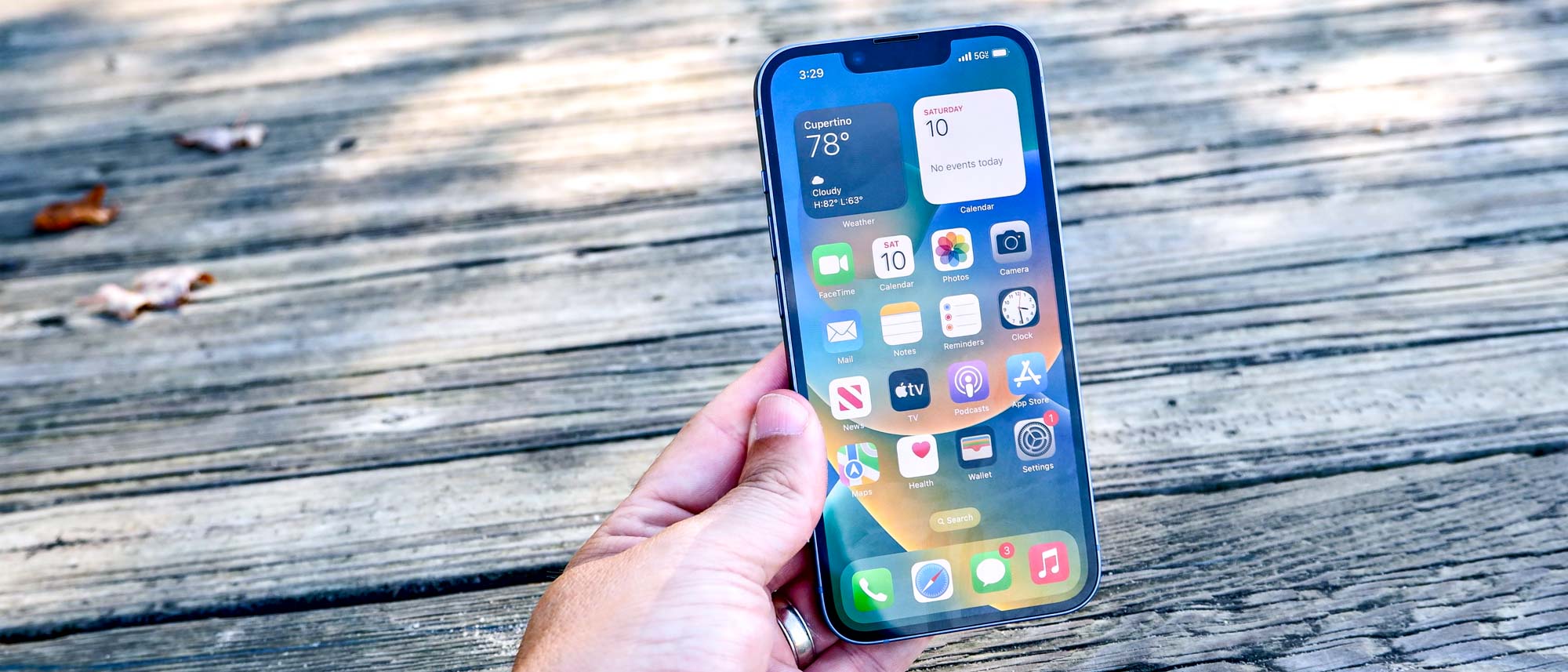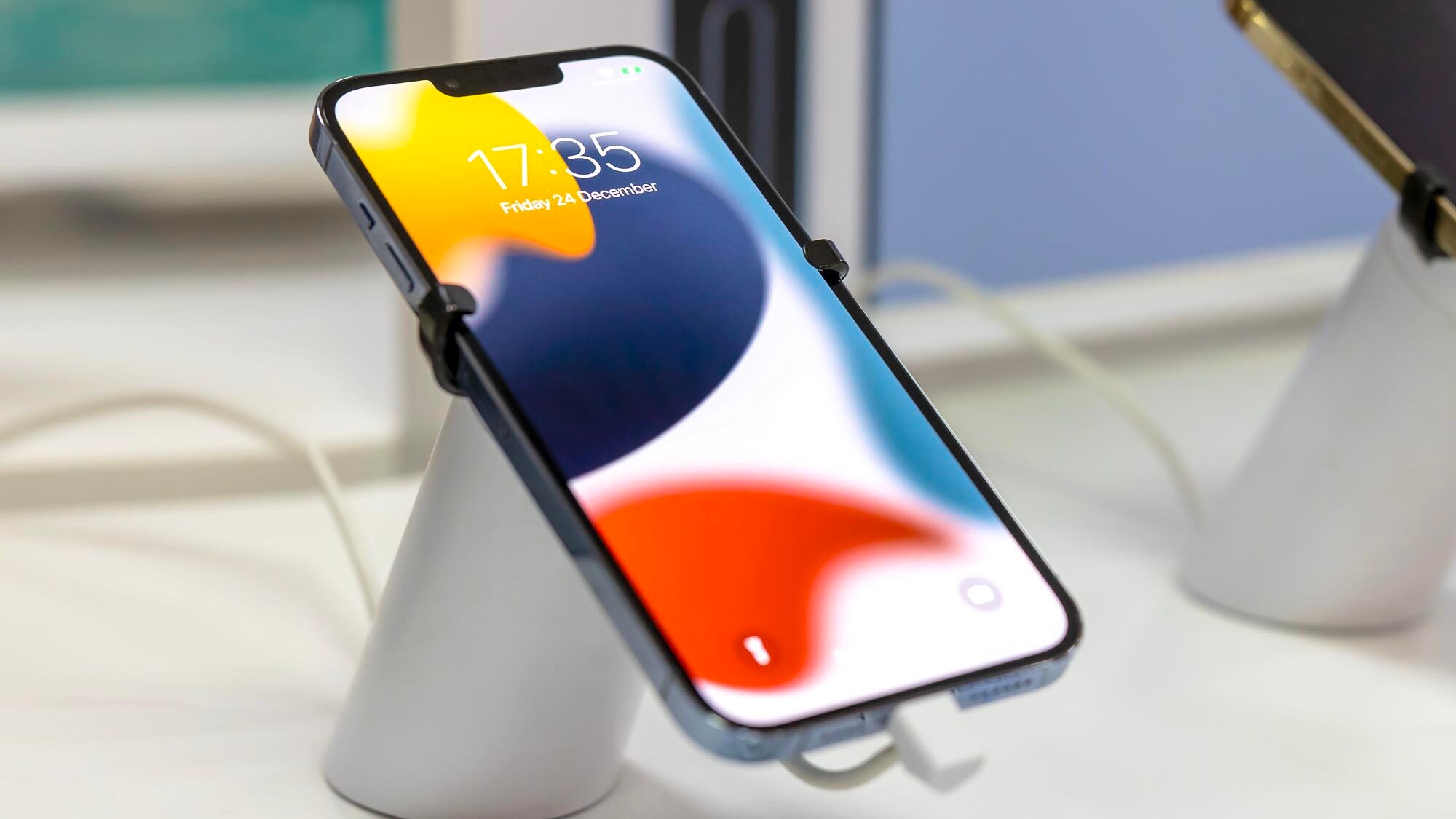
Shortly after the iPhone 14 family of smartphones launched last September, things didn’t look particularly good for the non-Pro models.
Given the regular iPhone 14 didn’t offer much of an upgrade on its predecessor (and packed the same chipset), it seemed that people were looking elsewhere (a pre-owned iPhone 13 Pro offered far better bang for your buck, after all).
But the latest insights from the investment firm JP Morgan suggest that writing off the regular iPhone 14 may have been premature, at least in the United States.
A note to investors seen by Apple Insider reveals that sales of the regular iPhone 14 have now leapfrogged both models of iPhone 14 Pro, making it the top-selling version of Apple's smartphones in recent months, with a 19% share across carriers in April.
Perhaps Pro sales tend to skew toward early adopters, and those wanting the best are now waiting for the iPhone 15 Pro? Whatever the reason, that puts it ahead of the iPhone 14 Pro Max, which slipped to 18%, and the iPhone 14 Pro which dropped to 15%.
“Overall iPhone share increased to 67% across the three carriers [in April]," the report reads. It’s up from a 66% share in March, and is “markedly better relative to share in the month of April for prior product cycles.”
Plus still a bust

But it’s not all good news for Apple, with the iPhone 14 Plus still continuing to underwhelm, bobbing along on 7%.
The big-screen iPhone has reportedly been in trouble from day one, seemingly following a similar fate to the iPhone 12 mini, which also failed to sell in large numbers.
The problem is compounded for the Plus model, which doesn’t have the advantage of being the low-cost option. While the iPhone 13 mini was $100 less than the iPhone 13, the iPhone 14 Plus is $100 more than the iPhone 14, leaving it just $100 less than the vastly superior Pro model.
That doesn’t mean that Apple will be abandoning the Plus handset for 2023, though. Such plans tend to be set in stone long in advance, which is why we saw an iPhone 13 mini, long after it became clear the 12 mini was a bust. But Apple has been considering ways to make the Plus model more appealing to consumers in the future.
Interestingly, that 7% share doesn’t seem to be much larger than the “other iPhones” category, which covers everything from the iPhone SE to previous generation handsets.
This currently seems to be enjoying a bit of success thanks to 2019’s iPhone 11 of all things — a handset that JP Morgan describes as “central to prepaid Apple sales”.
“Though Apple's prepaid market share is low, customers who are buying prepaid Apple phones tend to purchase the iPhone 11 instead of newer models, led by attractive offers," the analysts write.
"[For] example: Metro has been offering the iPhone 11 for free with 'port-in,' Boost is offering the iPhone 11 at $49.99 with port-in." That refers to when a user transfers their number to a new carrier — something that firms like to incentivize.







